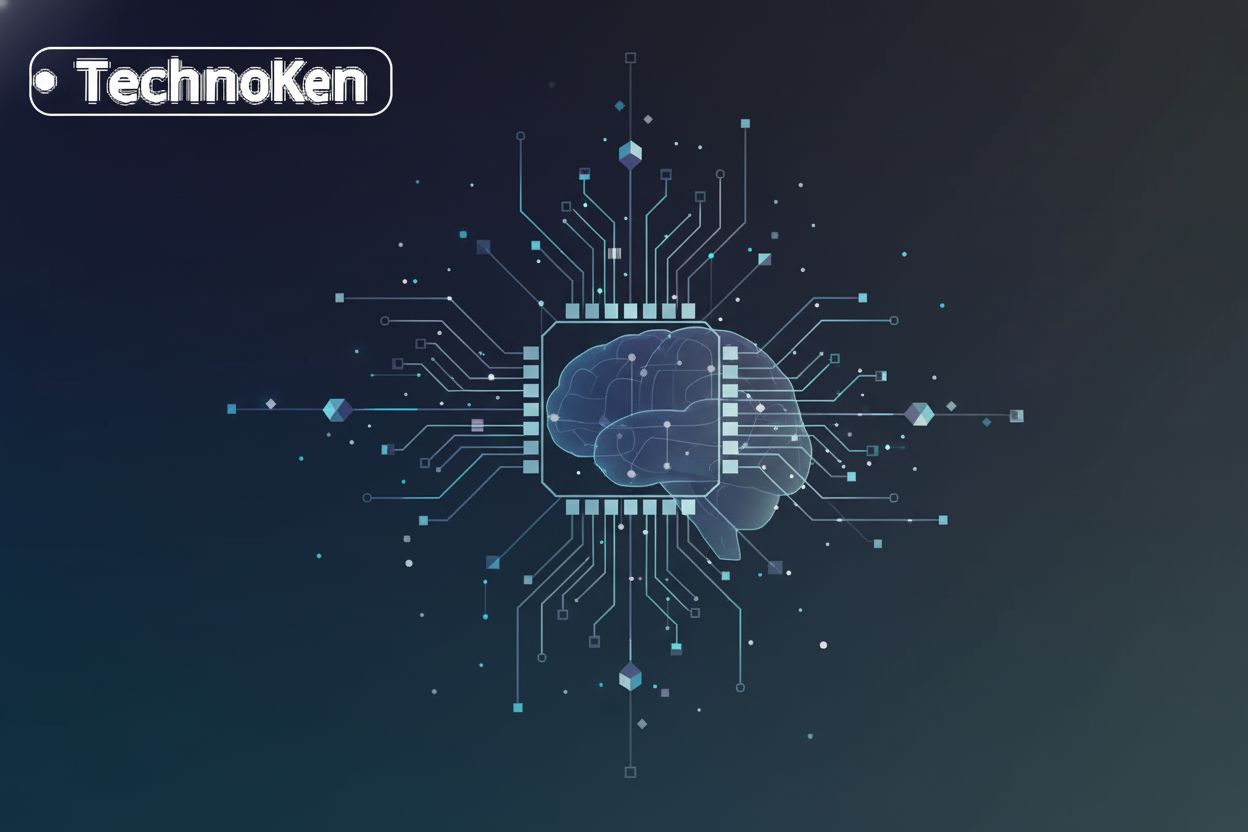Securing AI Agents with Secure Enclaves: A Comprehensive Guide for Enterprise Adoption
TL;DR
Understanding Secure Enclaves and Their Relevance to AI Agents
Imagine ai agents handling sensitive data, but what's stopping unauthorized access? Secure enclaves offer a robust solution. Let's explore how these isolated environments work and why they're increasingly vital for ai agent security.
Secure enclaves provide hardware-based isolation for code and data. They create Trusted Execution Environments (TEEs), shielding sensitive operations from the operating system and other processes. This isolation protects against both insider threats and zero-day exploits. (What is Remote Browser Isolation (RBI) - Nomios UK) Anjuna Security, a company that helps secure applications, highlights that secure enclaves encrypt memory and isolate application code, defending against privileged users.
Ai agents are increasingly relied upon for critical enterprise operations. This reliance makes them a prime target for data breaches and manipulation. Furthermore, regulatory compliance and ethical considerations demand robust security measures.
Secure enclaves mitigate these risks by:
- Protecting sensitive data used by ai agents.
- Ensuring the integrity of ai models and code.
- Mitigating risks associated with privileged access and third-party dependencies.
By isolating ai agent processes within a secure enclave, enterprises can significantly reduce their attack surface.
As we move forward, we'll explore how these secure enclaves are configured and managed, ensuring robust protection for ai agents.
Integrating Secure Enclaves into the AI Agent Lifecycle
Ai agents are revolutionizing industries, but securing their deployment is paramount. Integrating secure enclaves into the ai agent lifecycle ensures robust protection at every stage.
During development, secure enclaves offer several key benefits. Secure coding practices within enclaves protect training data and model parameters. Furthermore, secure enclaves enable model testing and validation within a protected environment.
Secure enclaves facilitate secure deployment across diverse environments. Ai agents can be deployed within secure enclaves in cloud, on-premise, and edge environments. Integrity is ensured through attestation and verification of the enclave. Attestation is basically a process where the enclave proves its identity and that its code hasn't been tampered with, which is super important for trusting what's running inside.
This diagram shows the basic flow: an ai agent enters a secure enclave, undergoes attestation and verification, and is either deployed or halted if something's not right.
Secure key management is also critical for ai agent operations. Keys needed by the ai agent can be securely stored and accessed only from within the enclave, preventing them from being exposed to the host system. This means even if the host is compromised, your sensitive keys remain safe.
Once deployed, ai agents require continuous monitoring and management. Secure enclaves enable monitoring of ai agent performance and security. Secure logging and auditing of ai agent activities are also crucial. Remote management and updates are performed within these secure environments, maintaining a high level of protection.
Key Considerations for Implementing Secure Enclaves in AI Agent Ecosystems
Securing ai agents involves more than just basic authentication. How can you ensure only authorized ai agents access sensitive resources within secure enclaves? Let's explore essential Identity and Access Management (IAM) strategies tailored for ai agent ecosystems.
Secure authentication and authorization of ai agents is critical. Implement robust mechanisms to verify the identity of each ai agent before granting access to enclave resources. This prevents unauthorized agents from accessing sensitive data or performing critical operations.
Role-based access control (RBAC) within secure enclaves streamlines permission management. Assign roles to ai agents based on their function (e.g., data analyst, model trainer). RBAC simplifies assigning permissions and ensures agents only access resources necessary for their tasks.
Identity federation and SSO enhance ai agent access across different systems. Integrate secure enclaves with existing identity providers to enable single sign-on (SSO) for ai agents. This simplifies authentication and improves security by centralizing identity management.
Secure enclaves benefit from automated workflows and orchestration. This can really help with deploying and managing ai agents within these secure environments, making things a lot less of a headache.
Overcoming Challenges and Future Trends in Secure Enclave Adoption for AI
Are secure enclaves the key to unlocking ai's full potential? Enterprises face hurdles in adopting this tech for ai agents, but emerging trends offer solutions.
Optimizing enclave performance involves tailoring configurations to specific ai workloads. For instance, healthcare firms processing medical images can adjust enclave settings. This ensures smooth performance without compromising security, directly addressing the challenge of performance bottlenecks.
Scaling secure enclave deployments across distributed environments is crucial. Retailers can use secure enclaves in edge computing to analyze customer data in real time. Proper scaling ensures consistent security across various locations, tackling the challenge of widespread deployment.
Hardware acceleration, like specialized CPUs, can boost enclave performance. Financial institutions can use this to speed up fraud detection algorithms. This enhancement helps maintain security without slowing down operations, a key solution for performance concerns.
User-friendly tools and frameworks streamline secure enclave integration. Automating attestation simplifies the verification process, making secure enclaves easier to manage. This directly addresses the complexity of managing secure enclaves.
Reducing the complexity of secure enclave management is essential. Clear, automated processes can minimize errors and improve security. This trend helps overcome the challenge of intricate management.
Homomorphic encryption enables secure ai computations on encrypted data. Federated learning with secure enclaves allows collaborative model training without exposing raw data. These advanced cryptographic techniques offer new ways to handle sensitive data within enclaves.
Trusted ai platforms and ethical ai frameworks ensure responsible ai development. These frameworks help ensure that ai agents operating within secure enclaves are developed and used responsibly.
As enterprises navigate these advancements, secure enclaves will play a critical role in ai security.



